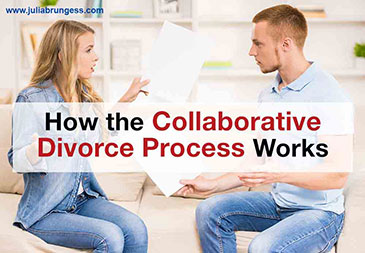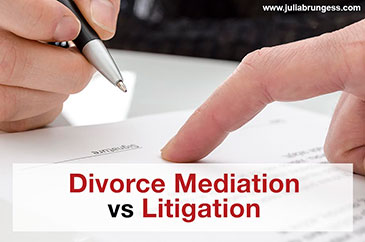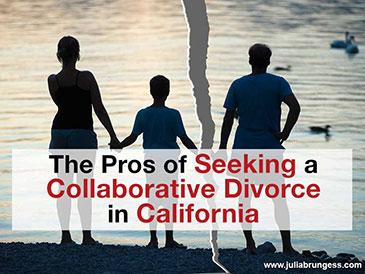Collaborative Divorce and Tips For Success
Finding an amicable way to manage your divorce proceedings can sometimes save you time and money during the divorce process. Working with your former partner to devise a mutually beneficial and equitable divorce arrangement can be the most practical and cost-effective solution for all parties. Children of the marriage can also benefit significantly from when there is a friendly relationship between their parents. Here are some essential elements of a successful collaborative divorce arrangement. Patience Being patient and willing to take the time to reach resolutions can help improve the relationship between you and your former partner because everyone works together to come to decisions. By investing your time and making a genuine effort to see things from your spouse’s perspective, you can come to fair agreements on financial matters and other issues related to the dissolution of your marriage. Hard Work Finding the best solutions for your divorce can be physically and emotionally draining. Working with a law firm that specializes in collaborative arrangements like the Law Office of Julia Ann Brungess can help you manage the process more efficiently and can ensure that both you and your partner are fairly represented during divorce proceedings. Honesty Being open and straightforward about your assets, debts and financial situation is necessary during collaborative divorce proceedings. Some attorneys will refuse to represent clients if they determine that they have not been entirely honest about their situations during discussions related to collaborative arrangements. By providing accurate information, you can be sure that the decisions made during your discussions will allow both you and your former partner to move on successfully. A Willingness to Cooperate Hurt feelings and anger can be significant barriers when trying to reach collaborative agreements regarding your divorce. If you cannot put aside these feelings to work together on the issues that must be resolved, you may not be a good candidate for a collaborative form of divorce. In most cases, however, it is possible to set aside your feelings and work together to create the most beneficial arrangement for you and your former spouse. A Collaborative Approach to Problem-Solving One of the most important elements in the collaborative process is the problem-solving stage. By working together to identify issues that could stand in the way of your future financial and emotional stability, you and your partner can often achieve a better perspective on these situations. This cooperative approach can also increase your chances of finding mutually beneficial resolutions for the problems that you face as a result of your upcoming divorce. By taking on these issues together, you can promote the most positive solutions for yourself and your former spouse throughout the collaborative process. Working with a law firm that specializes in divorce arrangements, like Kezirian Law, P.C., can be a positive first step towards an amicable and cooperative arrangement between you and your spouse. If you have children, having a cordial relationship with your former spouse can help relieve some of the stress and disruption that the divorce process may have on them. When parents get along, younger family members feel more secure and at ease throughout the divorce process and into the future.
Collaborative Divorce and Tips For Success Read More »










